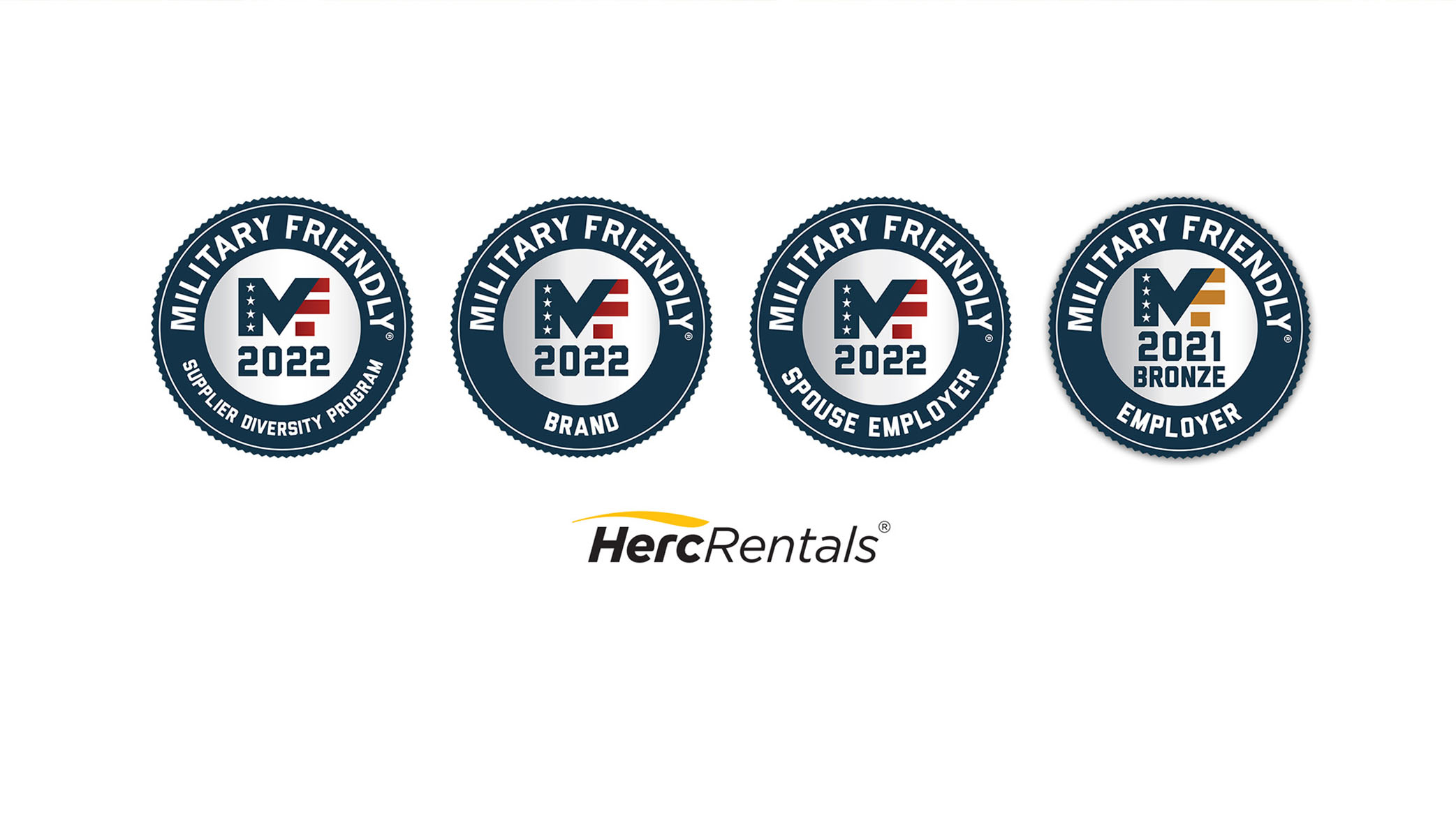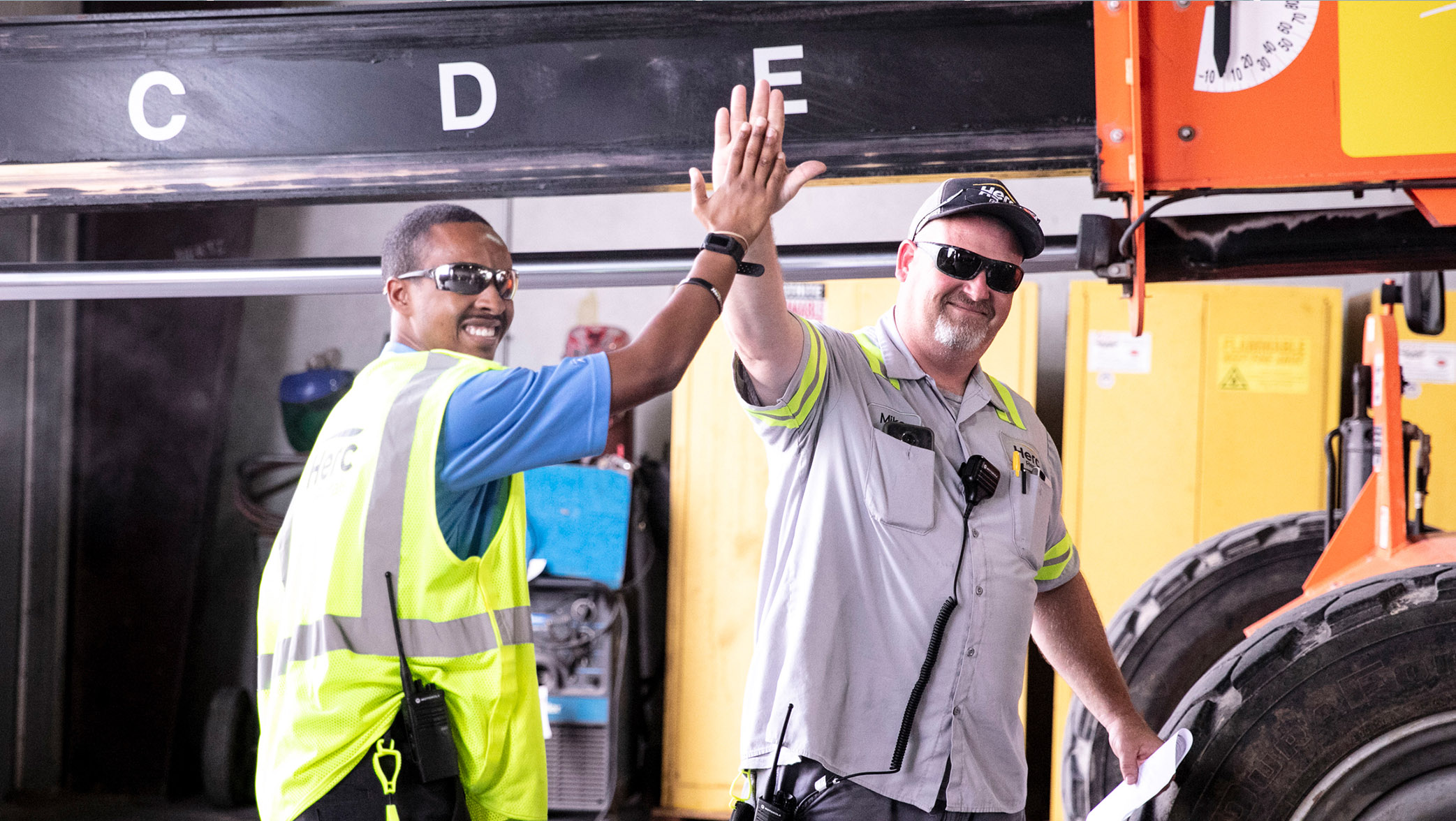Not all trucks are the same, and neither are the commercial drivers’ licenses (CDL) required to operate them
All license classes – A, B, and C – have the same basic requirements, but each class also has different sets of requirements that must be met to obtain one of the three specific licenses. Some of these additional requirements vary by the state while others are federally mandated.
This can create confusion for drivers seeking a CDL because, on the one hand, federal law requires that you must be at least 21 years of age to drive commercially between states. However, many states will issue a CDL for those who are 18 or older. Be sure to check your state’s regulations when you’re preparing to apply for a CDL.
CDLs must be obtained for anyone who wants to drive:
- Any combination of vehicles with a gross combined weight rating (GCWR) of 26,001 or more pounds, provided the gross vehicle weight rating (GVWR) of the vehicle being towed is in excess of 10,000 pounds.
- Any single vehicle with a GVWR of 26,001 or more pounds, or any such vehicle that is towing 10,000 pounds or less.
- Any vehicle or combination of vehicles, that does not meet the definition of Class A or Class B, but is either designed to transport 16 or more passengers, including the driver or is placarded for transporting hazardous materials.
Certain types of vehicle operators do not require a CDL for primary duties, including operators of farm equipment, firefighting equipment, military vehicles and recreational vehicles (but be sure to check if you need a CDL just in case).
Getting a Class A License
A Class A License is required if you are driving a combination of vehicles with a weight of 26,001 pounds or more, and the vehicle being towed weighs more than 10,000 pounds. For many states, this would include commercial vehicles that have trailers or semi-trailers with two or more axles.
In order to get a Class A license, you’ll need to complete all the steps to get a normal CDL (see step-by-step sidebar below), pass the general CDL knowledge test, and bring a Class A vehicle to your road skills test. Then you’ll need to apply for the recommended Class A endorsement exam. Passing this examwill allow you to drive with double and triple trailers and the combinations endorsement exam. In some states, these exams are only allowed with a Class A license. If your vehicle has air brakes, you’ll also need to take the air brakes endorsement test.
Vehicles in the Herc Rentals fleet requiring a Class A license include: 12- to 14-yard dump trucks, water trucks, and some specialty trucks.
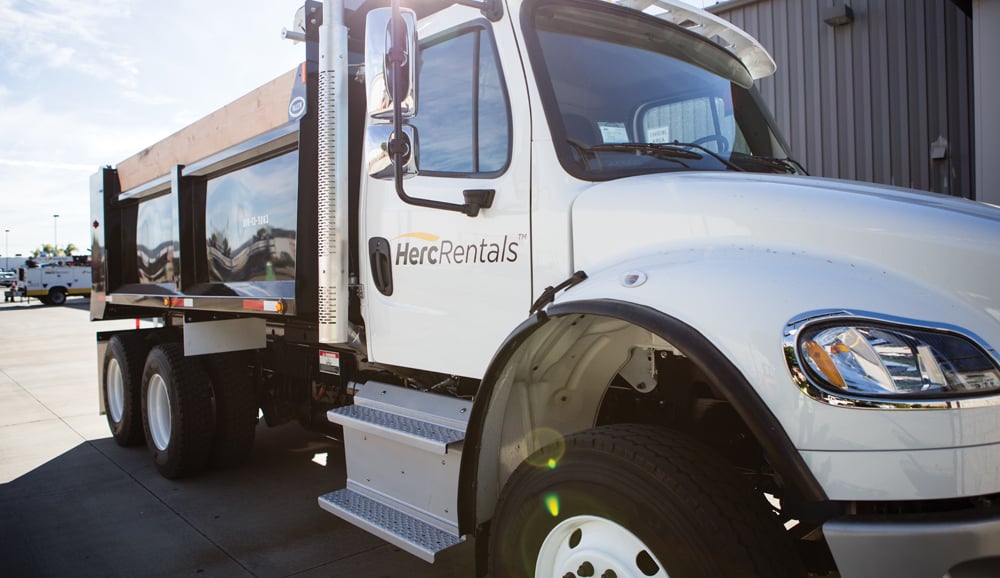
Getting a Class B License
Class B licenses are required to drive a single vehicle with a GVWR of 26,001 pounds or more,and the GVWR of any vehicle being towed is 10,000 pounds or less. Because most of the weight is in a single vehicle with a Class B license, you do not need the double-triple endorsement or combination endorsement.
To obtain a Class B license, you’ll need to complete all the steps to get a normal CDL, pass the general CDL knowledge test, and bring a Class B vehicle to your road skills test. Additionally, you’ll also have to apply for any necessary Class B endorsements if you are driving a tank vehicle or one with air brakes.
Vehicles in the Herc Rentals fleet requiring a Class B license are the same as above. The difference is that owners of a Class B license are kept from towing as much weight as an owner of a Class A license. While anyone with an ordinary Class E license is allowed by law to drive a 5-yard dump truck with a GVWR up to 26,000 pounds, a Class B license would be required if the driver intends to tow a 12-foot pan tilt trailer or a utility trailer.
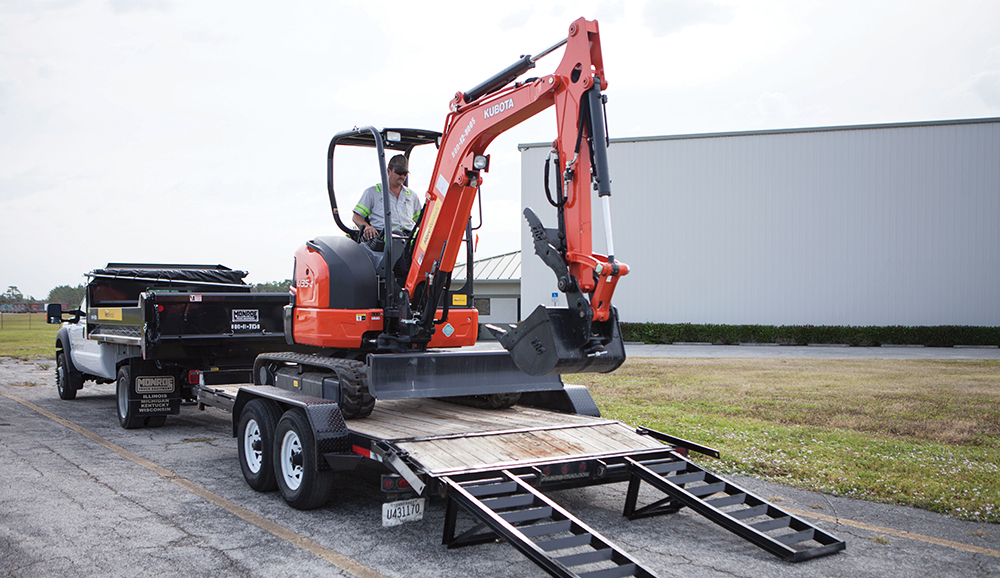
Getting a Class C License
A Class C license is required if you’re transporting hazardous materials or transporting more than 16 passengers. While the process for getting this license is similar to Class A and Class B licenses – including you bringing a Class C vehicle to your road skills test, one way it differs depends on the vehicle you’re driving and the endorsements you’ll need. These endorsements include:
- School bus driver endorsement for driving a school bus; check your state’s Department of Motor Vehicles website because you may need to pass additional safety checks to become a licensed school bus driver
- Transport endorsement for transporting 16 or more passengers
- Hazmat endorsement for transporting hazardous materials. Additionally, to transport hazardous materials, you will also need to undergo additional state and/or TSA background checks.
If you’re dedicated and determined, the CDL will be yours in very little time.
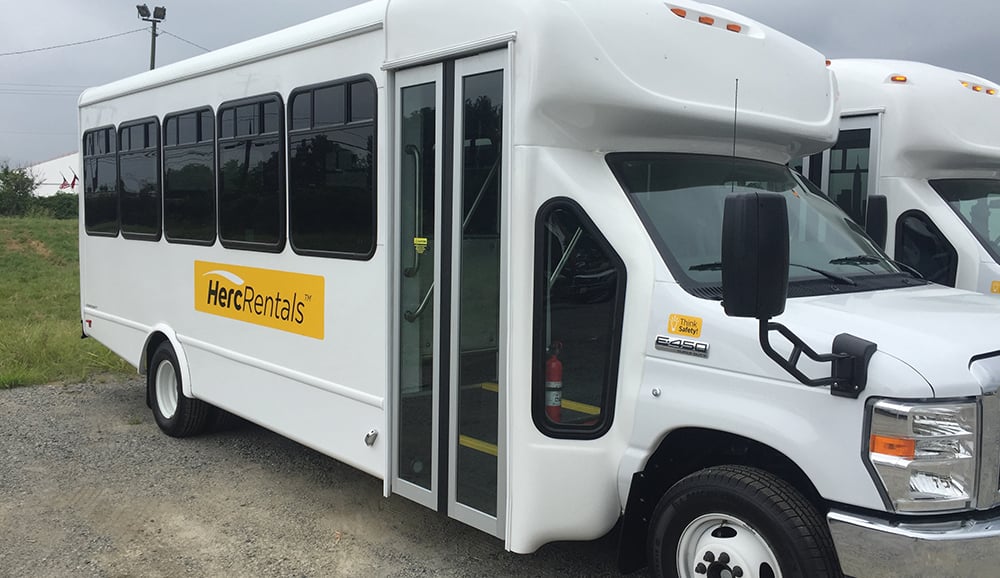
—
Steps Needed for a CDL License in 2020
- Be at least 21 years of age (18 to 20 years of age to drive intrastate)
- Submit your state’s CDL application and pay appropriate fee
- Provide identity and social security number verification (check your state’s requirements)
- Provide proof of state and U.S. residency
- Submit a completed Medical Examiner’s Certificate
- Pass a vision test
- Pass a knowledge exam
- After passing, you’ll receive a Commercial Learner’s Permit (CLP)
- Wait a minimum of 14 days before you can schedule your CDL road skills examination
- Pass a pre-trip inspection
- Pass the road skills and driving examination (you must bring your own vehicle for the CDL Class license you’re seeking)
- After passing, pay the necessary fees for your new CDL
